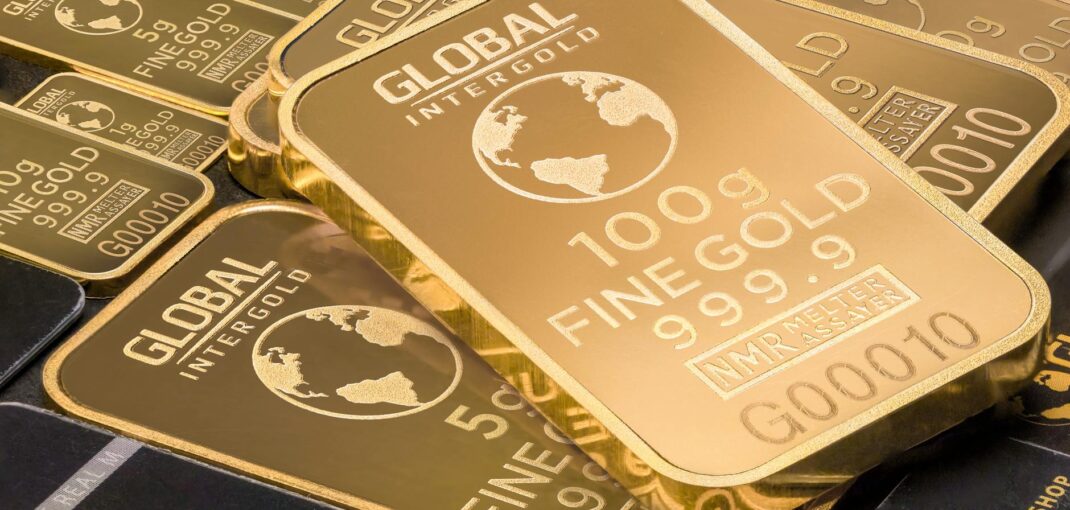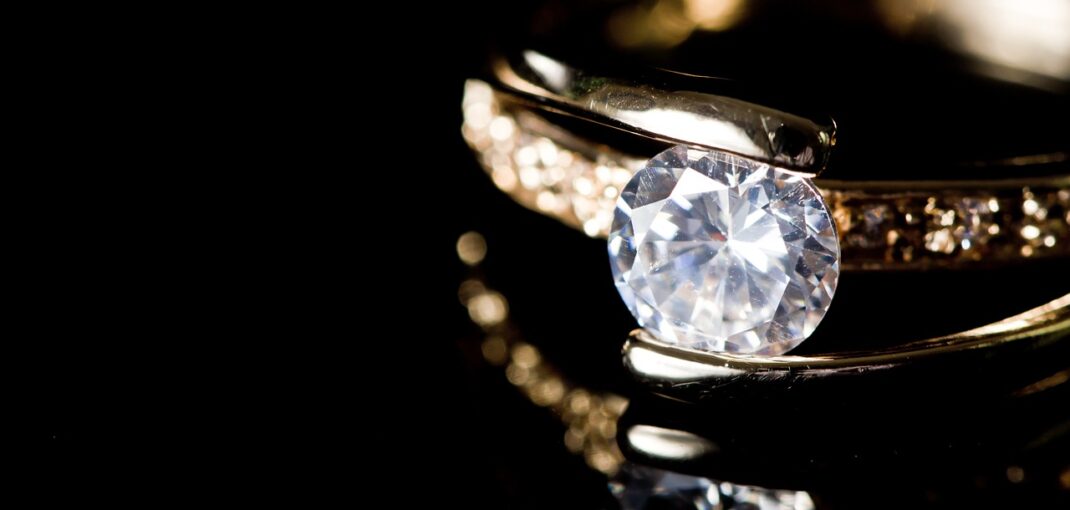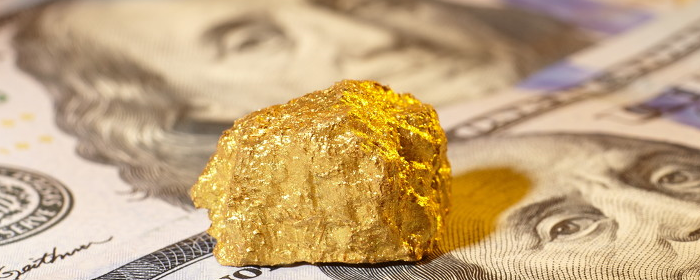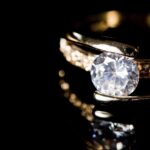Understanding Tarnish and Fading in Gold, 14K Gold, and Gold-Plated Silver Jewelry: A Comprehensive Guide
Jewelry is an investment in beauty and sentiment, but over time, even the most cherished pieces can lose their luster. Whether you own solid gold, 14K gold, or gold-plated silver jewelry, understanding why fading and tarnish occur—and how to prevent it—is critical to preserving your collection. In this guide, we’ll explore the science behind tarnishing, compare the durability of these metals, and provide actionable tips to keep your jewelry radiant for decades. What Causes Jewelry to Tarnish or Fade? Tarnish is a natural chemical reaction that occurs when metals interact with environmental elements like oxygen, moisture, and sulfur. While pure gold (24K) is virtually immune to tarnish, alloys (mixed metals) and plated materials are more vulnerable. Below, we break down the unique vulnerabilities of gold, 14K gold, and gold-plated silver. 1. Pure Gold (24K): The Benchmark of Purity Pure gold is prized for its unmatched luster and resistance to corrosion. However, its softness (2.5–3 on the Mohs scale) makes it impractical for everyday jewelry. Why It Rarely Fades: 24K gold contains no alloy metals, so it doesn’t oxidize. Its inert nature resists reactions with sweat, water, or chemicals. Drawbacks: Scratches and dents easily due to softness. Rarely used in commercial jewelry; most pieces are 14K or 18K. 2. 14K Gold: The Balance of Durability and Beauty 14K gold (58.3% pure gold mixed with alloys like copper, silver, or zinc) strikes a balance between purity and practicality. Commonly used with engagement rings, gemstone necklaces, and luxury bracelets, 14K gold is hard enough to hold gemstones securely, and serves as the most commonly used precious metal material in various jewelry stores. Tarnish Potential: Low to moderate: Alloy metals (especially copper) can oxidize over time, leading to slight discoloration. Exposure to chlorine (pools) or acidic environments accelerates fading. Prevention Tips: Clean with a soft cloth and mild soap after exposure to sweat or chemicals. Store in an anti-tarnish pouch away from humidity. 3. Gold-Plated Silver: Affordable Luxury with Caveats Gold-plated silver features a thin layer of gold (0.5–2.5 microns) electroplated over a sterling silver base. While stunning, its layered structure makes it prone to wear. Why It Tarnishes Quickly: Silver base: Exposed silver reacts with sulfur in the air, causing black tarnish. Thin plating: Daily friction wears down the gold layer, revealing the silver beneath. Lifespan: With care, plating lasts 6–24 months. Re-plating is required to restore shine. Gold vs. 14K Gold vs. Gold-Plated Silver: Tarnish Comparison Table Property Pure Gold (24K) 14K Gold Gold-Plated Silver Composition 99.9% gold 58.3% gold + alloys Sterling silver + gold layer Tarnish Resistance None Moderate (depends on alloys) Low (silver base tarnishes) Common Causes N/A Chlorine, acids, copper oxidation Sulfur, moisture, friction Maintenance Occasional polishing Regular cleaning Frequent re-plating Lifespan Lifetime Decades with care 6 months–2 years Summary: 1.Does 24K gold lose its color? As a precious metal, 24K gold is chemically quite stable and will not lose its color under normal circumstances. However, in the actual wearing and use process, there are indeed some factors that may cause gold to lose its color or luster, which can be restored as new with a little treatment. 2.Does 14K gold tarnish? The effect of chemical substances prolonged wear and abrasion. May gradually reveal the original color of K gold, 14K gold will not fade under normal circumstances, but need to pay attention to daily maintenance and avoid contact with chemicals and other inappropriate behavior in order to maintain its luster and extend its service life. 3.Does silver plating lose its color? 1.Silver gold plating will lose its color, and color loss is unavoidable. Silver plating is the process of plating the surface of silver, and the plating may be an alloy, 14K gold, or 18K gold, etc. The silver plating may be removed over time to reveal the original silver color. Since the plating is not integral to the silver itself, the plating may gradually come off over time, revealing the original silver color. How to Prevent Tarnish in Your Jewelry For 14K Gold Avoid Harsh Chemicals: Remove rings before swimming (chlorine) or cleaning (bleach). Polish Gently: Use a microfiber cloth and non-abrasive gold cleaner monthly. Storage: Keep in a sealed, anti-tarnish jewelry box with silica gel packs. For Gold-Plated Silver Limit Exposure to Water: Remove before showers, swimming, or handwashing. Layer Wisely: Avoid stacking plated bracelets or rings to reduce friction. Re-Plate Proactively: Schedule professional re-plating every 1–2 years. Restoring Faded or Tarnished Jewelry 14K Gold: Soak in warm water + dish soap, then buff with a polishing cloth. For stubborn tarnish, use a jewelry dip (avoid abrasive brushes). Gold-Plated Silver: DIY fixes risk damaging the plating. Seek professional cleaning and re-plating services. Does real gold ever tarnish? Pure 24K gold doesn’t tarnish, but 14K gold may develop slight discoloration due to alloy metals. Can I wear gold-plated silver jewelry daily? Not recommended. Friction and moisture will wear down the plating quickly. How do I know if my 14K gold is tarnished? Look for dullness or reddish-brown spots (copper oxidation). Can toothpaste clean tarnished gold-plated silver? No! Toothpaste is abrasive and will strip the gold layer. Does skin acidity affect tarnish? Yes. Acidic sweat can accelerate tarnish in 14K gold and gold-plated pieces. Can I replate gold-plated jewelry at home? Home kits exist but often yield uneven results. Professionals ensure longevity. Is 14K gold better than 18K for tarnish resistance? Yes. 14K’s higher alloy content makes it harder and less prone to scratches. Why does my gold-plated necklace turn my skin green? The silver base reacts with sweat, causing oxidation that transfers to skin. Can ultrasonic cleaners remove tarnish from 14K gold? Yes, but avoid using them on plated jewelry or fragile gemstones. How thick should gold plating be to last? Look for “heavy gold plating” (2+ microns) for better durability.









